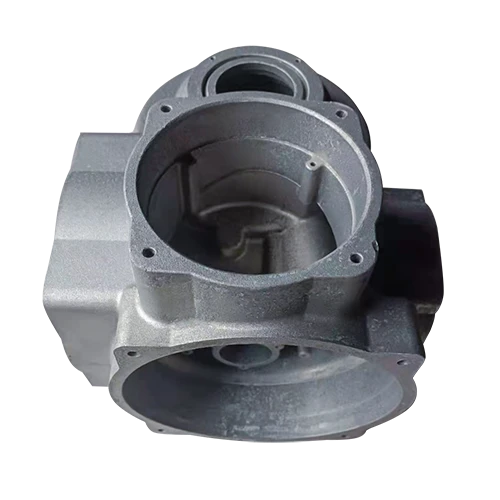Mobile:+86-311-808-126-83
Email:info@ydcastings.com
cf8 cf8m
Understanding the Alloys CF8 and CF8M
In the realm of materials science and engineering, the choice of alloy is critical for various applications, particularly in the manufacturing of components that operate in harsh environments. Two such alloys that are commonly referenced are CF8 and CF8M. These cast stainless steels are known for their impressive corrosion resistance and mechanical properties, making them ideal for a range of industrial applications.
What are CF8 and CF8M?
CF8 is a chromium-nickel stainless steel that primarily consists of iron, chromium (not less than 18%), and nickel (not less than 8%). This composition provides excellent corrosion resistance and good mechanical strength, allowing it to perform well in various corrosive environments. CF8 is often used in applications such as valve bodies and piping systems, where exposure to aggressive fluids is common.
CF8M, on the other hand, is an enhanced version of CF8. While it shares a similar base composition with CF8, CF8M includes additional molybdenum (around 2-3%). This element significantly improves its resistance to pitting and crevice corrosion, particularly in chloride environments, which makes CF8M especially suitable for marine and chemical processing applications.
.
The application fields for CF8 and CF8M are vast. CF8 is frequently used in the production of valve bodies, fittings, pumps, and other industrial components that require durability and resistance to oxidation. The combination of chromium and nickel in CF8 provides a robust protective layer that guards against corrosion, allowing these components to maintain their structural integrity over time.
cf8 cf8m

CF8M is prominently utilized in more challenging environments, such as chemical processing plants and offshore oil rigs. Its superior resistance to pitting corrosion makes it a favored choice in areas where materials are exposed to saline solutions or aggressive chemicals, which would otherwise lead to rapid degradation of less resistant materials. Industries such as pharmaceuticals, food processing, and petrochemicals heavily rely on CF8M components to ensure longevity and reliability in their operations.
Comparing Properties
While both alloys share many similarities, their differences can greatly affect their performance in specific applications. CF8 typically demonstrates good oxidation resistance and is adept at handling a variety of corrosive environments. However, its performance can be limited in chloride-rich conditions.
In contrast, the addition of molybdenum in CF8M allows it to excel in settings where exposure to chlorides is unavoidable. This enhanced property of CF8M translates to a longer lifespan and less frequent need for replacement or maintenance, ultimately leading to cost savings for industries that prioritize durability.
Conclusion
The choice between CF8 and CF8M should be guided by the specific environmental conditions of the intended application. Engineers and material specialists must consider factors such as corrosion potential, mechanical stresses, and budget constraints when selecting the appropriate alloy. In summary, understanding the characteristics and applications of CF8 and CF8M not only aids in optimizing performance but also ensures safety and longevity in industrial operations. By making informed decisions on material selection, industries can enhance their efficiency and effectiveness in a competitive market.
-
Why Should You Invest in Superior Pump Castings for Your Equipment?NewsJun.09,2025
-
Unlock Performance Potential with Stainless Impellers and Aluminum End CapsNewsJun.09,2025
-
Revolutionize Your Machinery with Superior Cast Iron and Aluminum ComponentsNewsJun.09,2025
-
Revolutionize Fluid Dynamics with Premium Pump ComponentsNewsJun.09,2025
-
Optimizing Industrial Systems with Essential Valve ComponentsNewsJun.09,2025
-
Elevate Grid Efficiency with High-Precision Power CastingsNewsJun.09,2025











